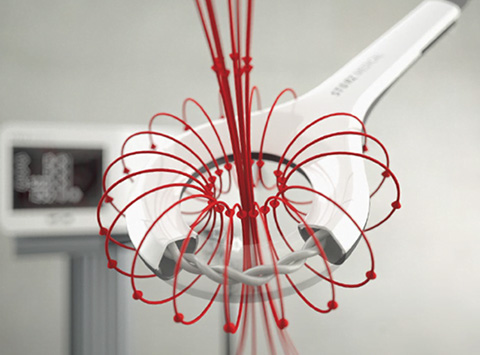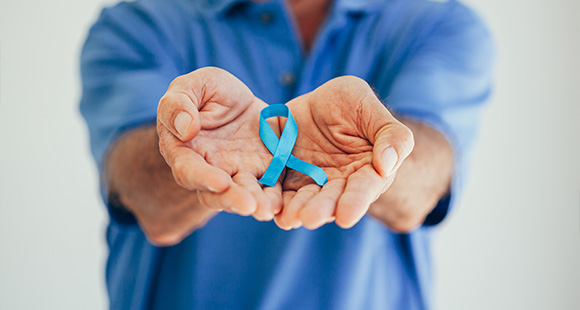
What is Peyronie's Disease?
The first sign a patient has Peyronie's disease is that the penis may curve abnormally during erection and a man may experience discomfort. This curvature is caused by the formation of plaque or scar tissue which restricts expansion on one side, whilst the other side expand normally.



















